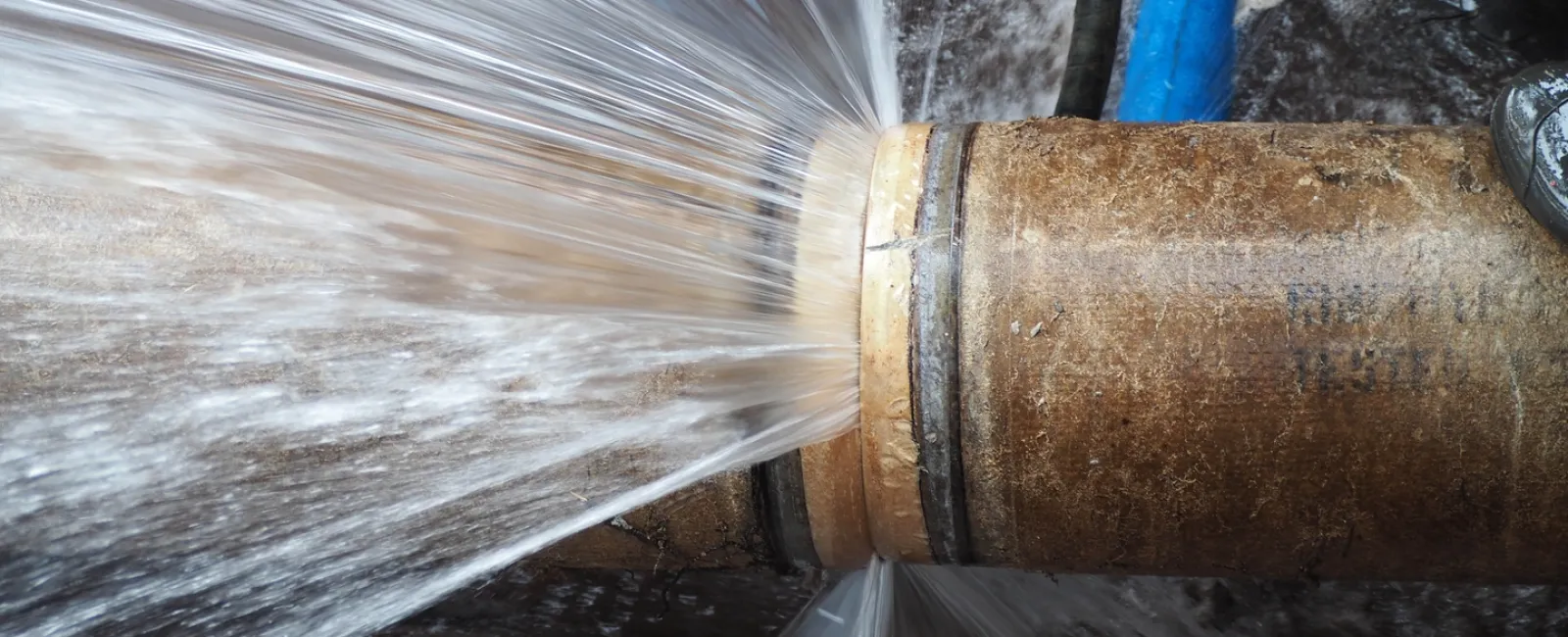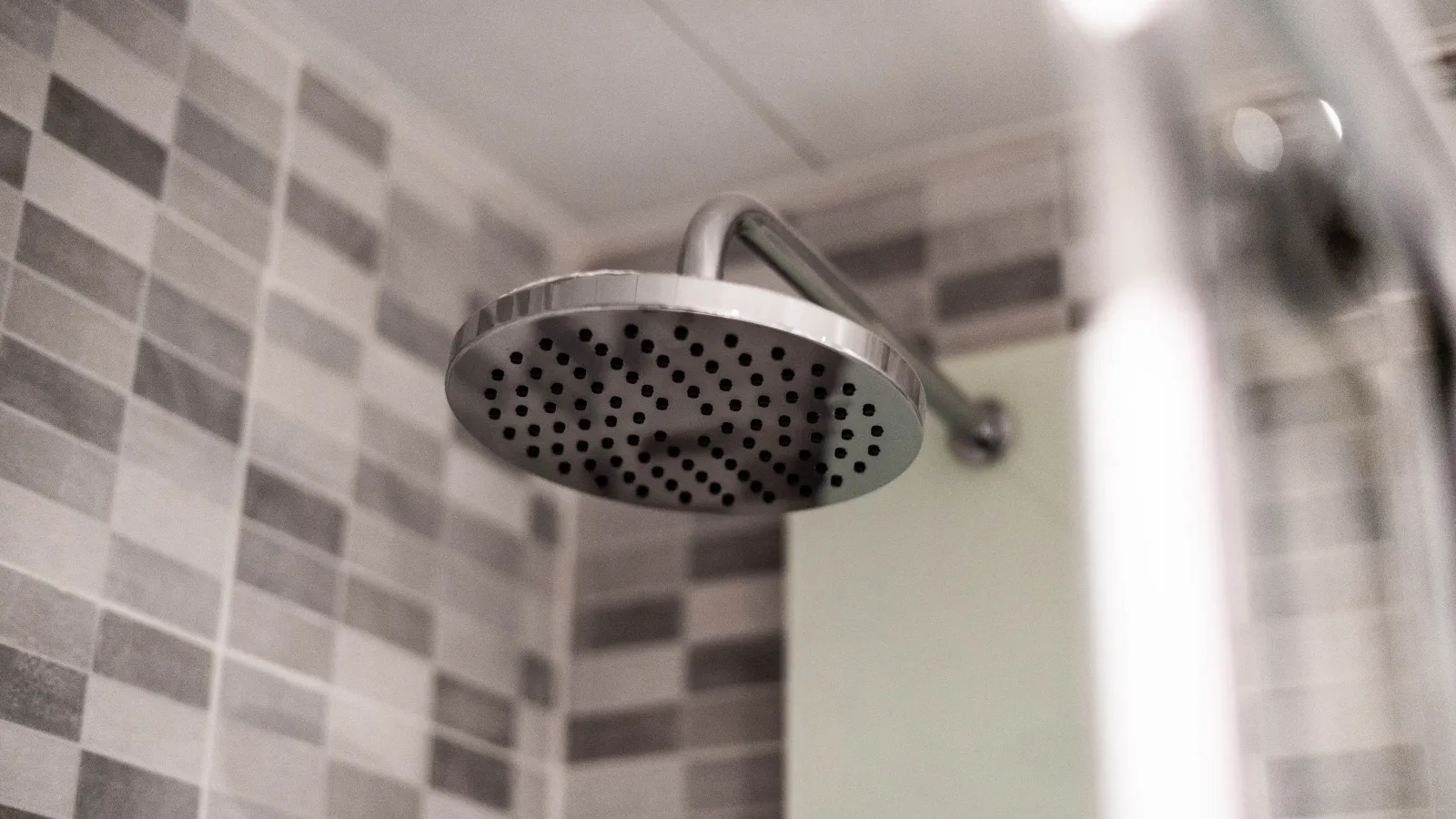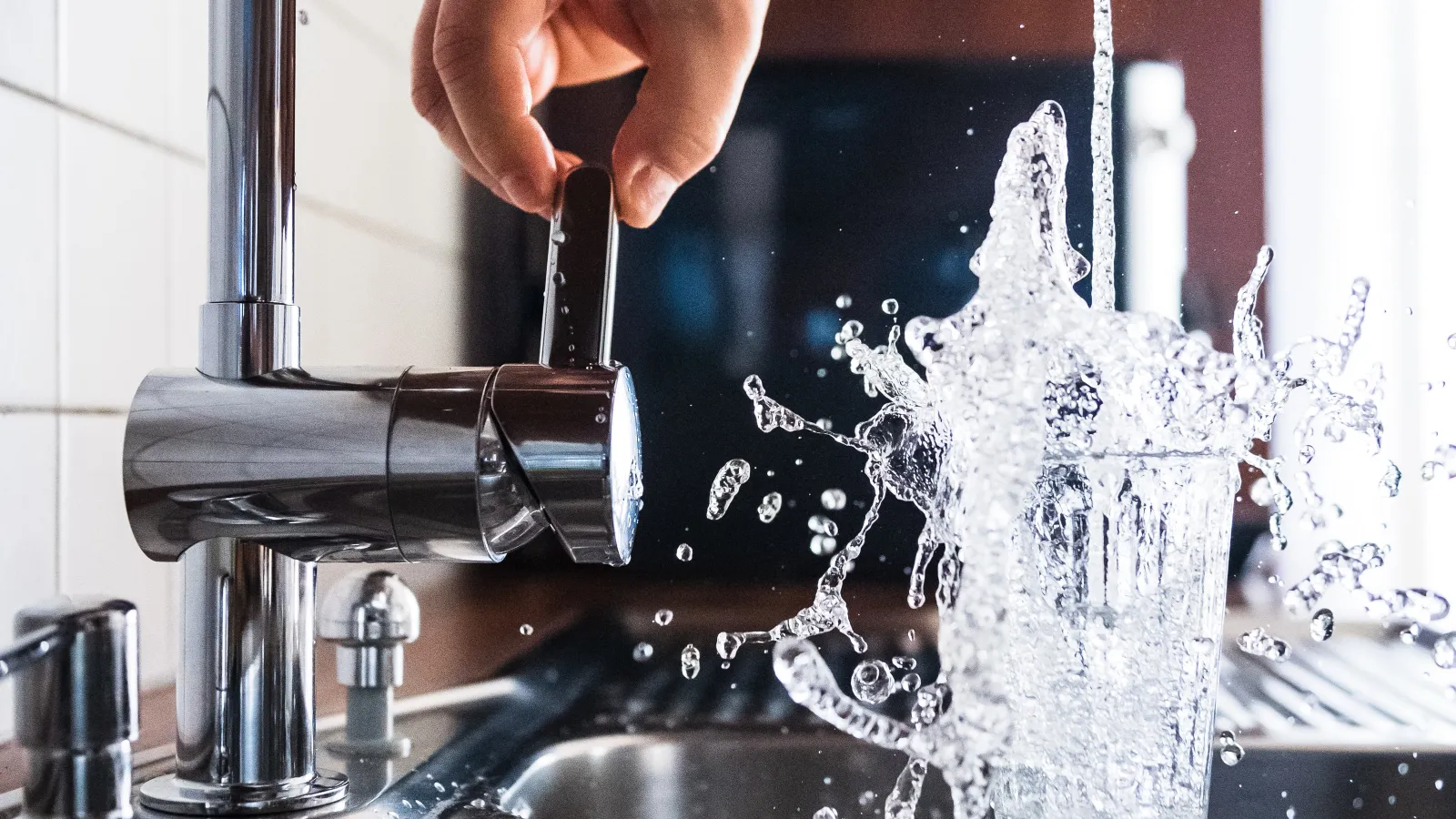A busted pipe can be one of the most stressful and damaging issues a homeowner can face. When a water pipe suddenly bursts, it leads to flooding, water damage, and costly repairs. But with the right preparation and response, you can minimize the impacts and get your home back to normal faster. This comprehensive guide covers everything you need to know about dealing with a busted pipe.
What Causes Pipes to Burst?
Before diving into the response, it helps to understand why pipes burst in the first place. There are several potential causes:
- Freezing temperatures - When water in pipes freezes, it expands. This expansion puts pressure on the pipe walls and joints, causing cracks and bursts. Pipes that run through uninsulated exterior walls or attics are particularly vulnerable.
- Water pressure changes - Sudden surges in water pressure, such as when a washing machine valve closes, can stress weak joints and lead to bursts.
- Wear and tear - Old, corroded pipes are more likely to burst, especially if they have thinned walls or loose joints. Mineral deposits that accumulate inside pipes can also lead to blockages that increase pressure.
- Ground shifts - Drought conditions that cause soil contraction can shift pipes and pull them apart at the seams.
- Defects - Manufacturing flaws like weak welds in the pipe joints can also cause unexpected bursts over time.
Signs Your Pipes May Burst
To reduce burst pipe damage, it helps to catch problems early. Watch for these warning signs:
- Drop in water pressure - This may indicate a developing crack is constricting flow.
- New damp spots on walls or ceilings - Escaping water often shows up as unexplained moisture.
- Popping or knocking noises in pipes - This may signal shifted or stressed pipe joints.
- Small leaks - Pinhole leaks or dripping joints can precede a larger rupture.
- Musty smells - Water escaping behind walls can create moldy odors.
Catching these early signs gives you a chance to call a plumber to inspect and replace suspect pipes before the problems turn into major broken pipes.
What to Do When a Pipe Bursts
If you experience an actual pipe bursting somewhere in your home, prompt action is essential to control water damage. Here are the steps to take right away:
1. Shut Off Water Supply
Find the home's main water shutoff valve and turn the water off immediately. This is usually next to the water meter. Shutting off the water stems the flooding and prevents further escaped water from causing damage.
2. Drain Pipes
Open all the faucets, including the highest one in the home, to drain the residual water in the lines. This minimizes continued water loss.
3. Assess and Document Damage
Do a walkthrough of the home to find all areas that got flooded. Take pictures and notes to share with your insurance company later. Watch for walls, floors, ceilings, and appliances that got wet.
4. Remove Water
Use buckets, mops, and water vacuums to remove all standing water. Pull up wet carpets and curtains. The faster you get rid of moisture, the less possibility for mold issues later on.
5. Contact Professionals
Call a professional to help with cleanup and repairs. Water left standing for over 48 hours increases mold risk. Also contact a licensed plumber to fix the broken pipe.
DIY Temporary Repairs
While waiting for plumbers, a few DIY repairs can help reduce water damage:
- Use duct tape to seal cracks or holes in broken plastic pipes.
- Place a rubber seal over small leaks in a metal pipe. Tighten it in place with hose clamps or band ties.
- Use hydraulic cement to seal cracks in cast iron or concrete pipes.
- Drain leaking pipes into a bucket to catch escaping water.
- Insulate cold water pipes susceptible to freezing to prevent new breaks.
These can help in a pinch but the underlying issues still need professional repairs for a permanent solution.
Preventing Future Pipe Bursts
To help avoid burst pipes in the future:
- Insulate pipes in unheated areas like attics, garages and crawlspaces. Use foam sleeves or fiberglass wraps.
- Seal air leaks around pipes where they pass through walls, floors or ceilings. Use caulk or expanding foam.
- Update old pipes. Replacing aging, corroded galvanized or iron pipes avoids leaks.
- Install pipe sleeves on supply lines to washing machines and dishwashers to absorb pressure surges.
- Maintain heat at 55°F or higher to keep pipes from freezing. Let faucets drip during sub-freezing weather.
- Drain irrigation systems and outside faucets in winter.
- Clean gutters so melting snow and ice run off versus pooling around the foundation.
Be Prepared for Pipe Emergencies
Even well-maintained plumbing systems can still occasionally spring leaks or burst pipes. Prepare for emergencies with these measures:
- Know the location of your main water shutoff valve and test it yearly. Tag it for easy identification.
- Keep flashlights handy to inspect flooded areas if the power goes off.
- Have tarps, plastic sheeting, duct tape, mops and buckets to control water damage.
- Maintain backups of critical computer data and files.
- Create emergency contacts list with phone numbers for plumber, insurance agent, etc.
With some planning and quick response, homeowners can minimize headaches and costs when broken pipes happen. Stay alert to warning signs, make preventative maintenance a priority, and always be prepared for a quick, effective reaction.



